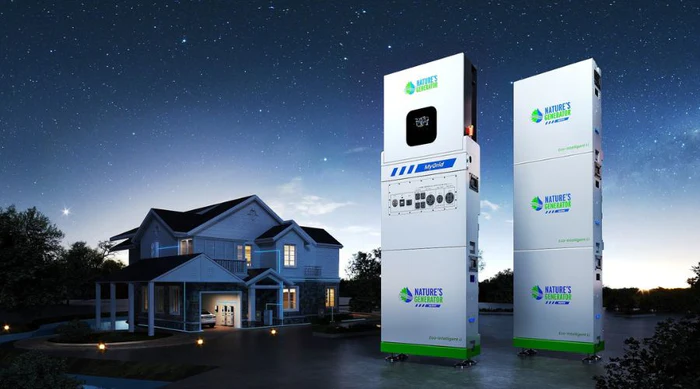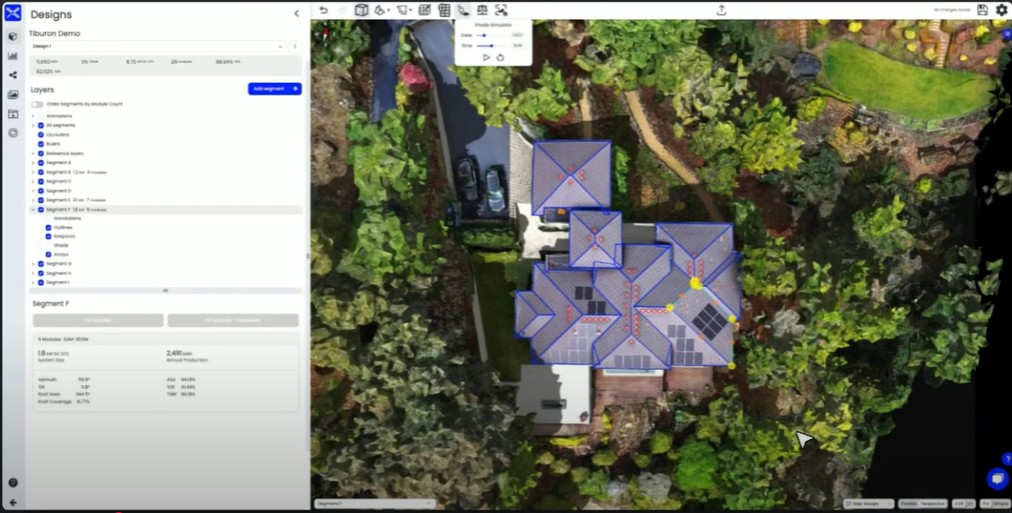Summer 2025 guide to selling solar: 5 rules for trust and transparency
Residential solar buyers in 2025 are more informed than ever. Here’s how sales reps can adapt by embracing transparency, managing expectations, and focusing on long-term relationships that turn customers into advocates

By Nick Alex | We’re in a new era where experience, education, and transparency are the difference between a signed contract and a canceled one. And make no mistake, canceled contracts are a big deal. The National Renewable Energy Laboratory found that more than half of all residential solar contracts are canceled before a PV system is even installed.
You may be concerned that discussing the limitations are going to “kill the deal” when in fact they help you build trust, set expectations and distinguish you from everyone else. Think about it this way, what if every other sales rep told them they won’t have a bill after they go solar and you take the time to discuss connection fees and the average homeowner increasing energy usage after going solar. What did you just do? You avoided a future negative review while also potentially increasing their system size.
If you’re selling solar the same way you were in 2020, you’re already behind.
Today’s buyers have grown up seeing solar panels on schools, parking lots, and neighbors’ rooftops. Many of them know someone who’s already gone solar, and the kind of experience they had. That means the old sales playbook focused on pitch decks and price tags won’t cut it anymore.
Here’s the good news: we can change that. Here are five new rules—some unspoken, all essential—for earning trust, closing deals, and building a long-term, referral-powered business in 2025.
1. The customer is (probably) more informed than you think
Fifteen years ago, solar was a new concept in most homes. But now, entire generations have grown up surrounded by solar.
I remember working with a company that installed solar on schools. Those kids walked through the parking lot daily, seeing panels above them. Ten years later, many of them are adults, and asking why their homes aren’t running on solar yet.
That cultural shift changes the stakes. Your buyer may not know every detail about modules or inverters, but they’ve done their homework on what it’s like to go solar, the full experience from contract to installation to post-sale support. Maybe they’ve heard about delayed permitting, broken monitoring apps, or a friend who couldn’t get someone on the phone when their system stopped producing. You’re not just selling to them; you’re being compared to every story they’ve ever heard.
2. Don’t promise perfection. Prepare for reality.
One of the biggest mistakes I see is reps overpromising. “You’ll never pay an electric bill again.” “You’ll be covered in a blackout.”
Without a battery? No, you won’t. If you’re not upfront about the system’s actual performance, especially its limitations, your customer will be calling someone else in three months.
My brother went solar and had issues during the installation. But his installers were honest, compensated him for the trouble, and kept communicating. And now he’s an advocate. Trust isn’t about getting everything right. It’s about handling problems with integrity.
If you explain that energy usage usually goes up after solar (more AC, buying an EV and charging at home), you’re not killing the deal. You’re upsizing it. When my brother went solar, I told him to go as big as his roof allowed. Two EVs later, he’s happy he did.
3. Use the app. Make the call. Stay in touch.
Want to build a referral business and avoid door-knocking in 105-degree heat? Call your customer after the installation. Ask if they’ve downloaded the monitoring app. Walk them through it.
That post-sale follow-up is everything. It says, “We’re still here.” It gives the customer confidence to recommend you. And it creates the perfect opening to ask, “Do you know anyone else who could benefit from this?”
Remember: in 2026, 2027, and beyond, referrals will matter more than closing a deal today. Why? Because policy changes, rate hikes, and media headlines will create urgency. And when buyers start acting fast, they’ll turn to the people they trust, which could be your last customer.
4. Transparency isn’t a weakness. It’s your superpower.
Transparency doesn’t kill deals. It closes them. But only if you lean into it.
Take tax credits. There was a recent Wall Street Journal piece about a retired woman who went solar, expecting a big federal rebate. No one told her that she needed tax liability to claim it. Her experience was devastating.
Now compare that to my brother’s experience. Things went wrong, but his installer explained everything, offered a discount, and owned the outcome. He didn’t get perfection, but he got trust, and that turned into referrals.
Negative experiences are inevitable. But negative reactions don’t have to be. If you can be the rep who says, “Here’s what might go wrong, and here’s what we’ll do about it,” you’ll win more than sales. You’ll win loyalty.
5. Sell the system, but focus on the process
I’ve sat through sales pitches that went deep into volts, modules, and inverter specs and lost the customer by slide three. Most homeowners don’t care about electrical engineering. They care about savings, aesthetics, and whether their lights stay on during a storm.
Instead of talking about wattage, show them: What will it look like on your roof? How do you monitor it from your phone? What happens if something goes wrong?
When you’re trying to create urgency, let third-party data do the work. Don’t say, “Buy now or miss out.” Show them an article from the Associated Press about net metering changes or expiring incentives. That’s not pushy; it’s educational, and it works.
Why 2025 is a crucial moment
Right now, the solar industry is growing. According to the Solar Energy Industries Association, solar accounted for 69% of new electricity generation capacity in Q1 2025, its highest share ever. Storage made up another 13%. And the number of residential systems paired with batteries more than doubled from 2023 to 2024.
Here’s the truth: we don’t know what 2026 will look like. Or 2027. Or 2028.
Already in 2025, conditions for going solar have gotten tougher. Net metering is shifting, incentives are under scrutiny, and while module availability improves, inflation and global trade tensions are still creating volatility.
Continued growth isn’t guaranteed. Policy can change. Incentives can vanish. And today’s “knowns” are tomorrow’s “question marks.”
So when a customer says, “I’ll wait,” what they’re really saying is, “I’m gambling that 2026 will be better than 2025.” That’s rarely a good bet. Today’s policies are known. Tomorrow’s are unknown. That’s the message. And when you deliver it with honesty and empathy, it resonates.
Final 2 cents per Watt: Trust isn’t a buzzword, it is the product
Want to stand out in 2025? Don’t just sell solar. Sell certainty. Sell clarity. Sell the truth, even when it’s inconvenient.
Most importantly, follow a process. Do real discovery, build mutual understanding, set expectations, and handle objections. Then close.
If you skip steps, you skip trust, and probably skip referrals, too.
Sales reps who adapt will thrive. The ones who overpromise and underdeliver will be chasing leads while their competitors are fielding referrals.
Because at the end of the day, it’s not just about panels, inverters, and batteries. It’s about people. And the reps who remember that will be the ones who lead the next wave of solar.
By Nick Alex is VP of Sales – North America, for Residential, Commercial, and Distribution at SolarEdge Technologies. A solar industry veteran with over 15 years of experience, 10 of them at SolarEdge, Nick has helped drive market share growth, build high-performance sales teams, and implement scalable go-to-market strategies.





Comments are closed here.